Home > Climate News >
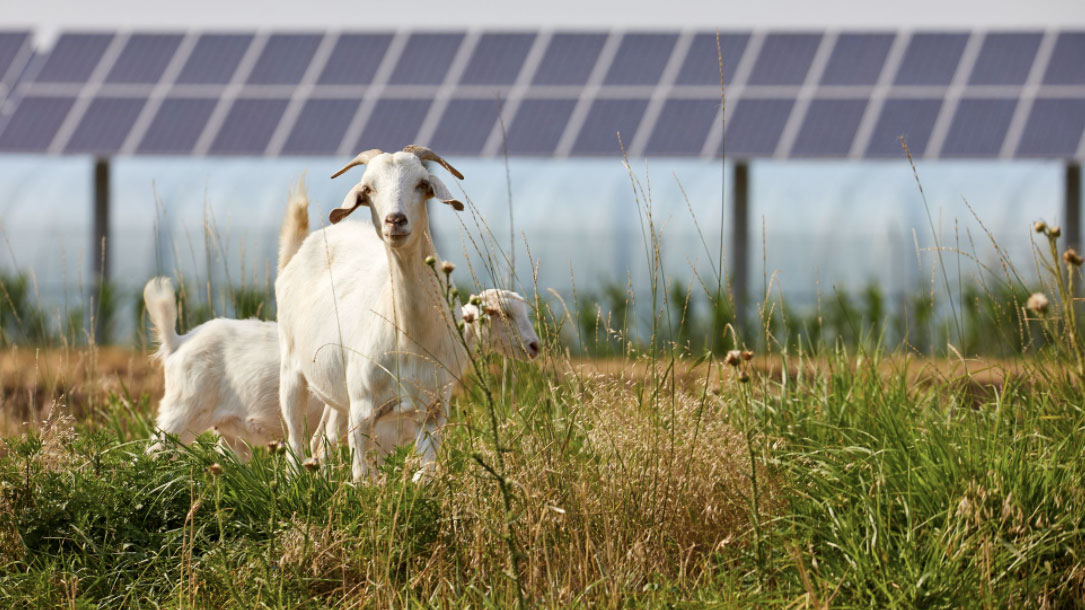
The Nature Conservancy tool helps identify ideal solar farm sites in Georgia
They compared that information to maps of critical habitat, protected lands, and prime farmland. And they put their results into a free online tool.
It allows developers, natural resource agencies, and others to identify low-impact locations for new solar farms. And Gutierrez says the tool finds plenty of them…

Numb to the World
On August 1 1955, a telling photograph was featured in Life magazine. The photograph depicted cans, frozen foods containers, disposable diapers, garbage bags, and a paper tablecloth falling from the sky like rain onto a smiling couple who were raising their arms towards the tumbling sea of trash. The caption underneath the photo read, “Throwaway living: disposable items cut down household chores.” The photograph reflected a paradigm shift away from the pre-World War II ‘waste not want not’ philosophy of living and toward a more wasteful zeitgeist.
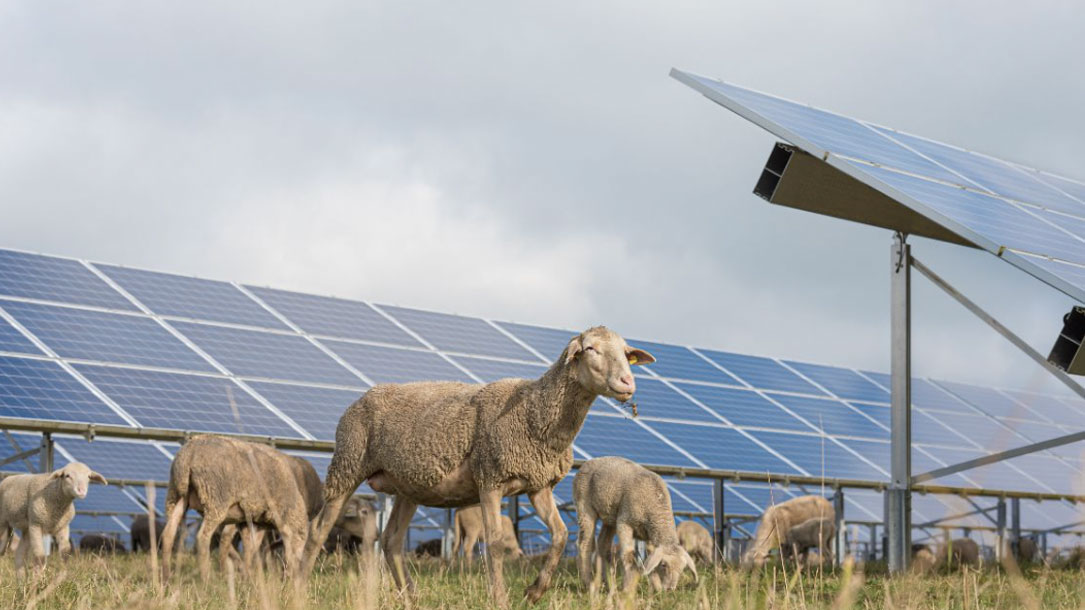
An integrated approach to land management
MNL developed the Conservation Grazing Program in order to provide the most ecologically comprehensive land management services in the region. Through the planned impact of livestock grazing, we provide an additional tool for land managers on large and small tracts of land, both public and privately owned, to achieve ecological goals.
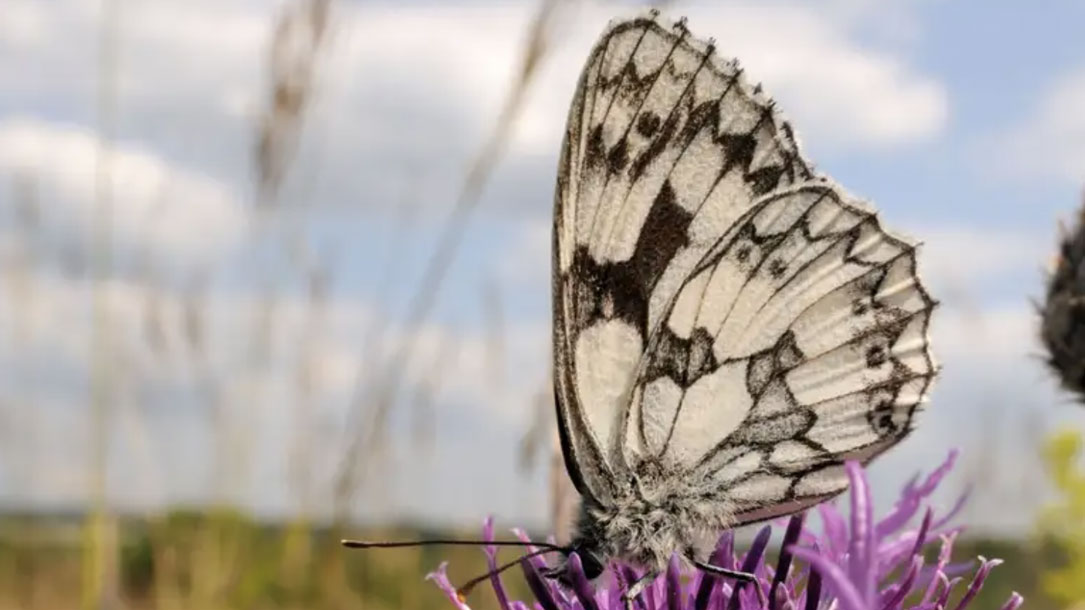
Air pollution makes it harder for pollinators to find plants
A field trial found that levels of nitrogen oxides and ozone similar to those near roads led to a 70 per cent drop in the numbers of bees and butterflies on mustard plants…
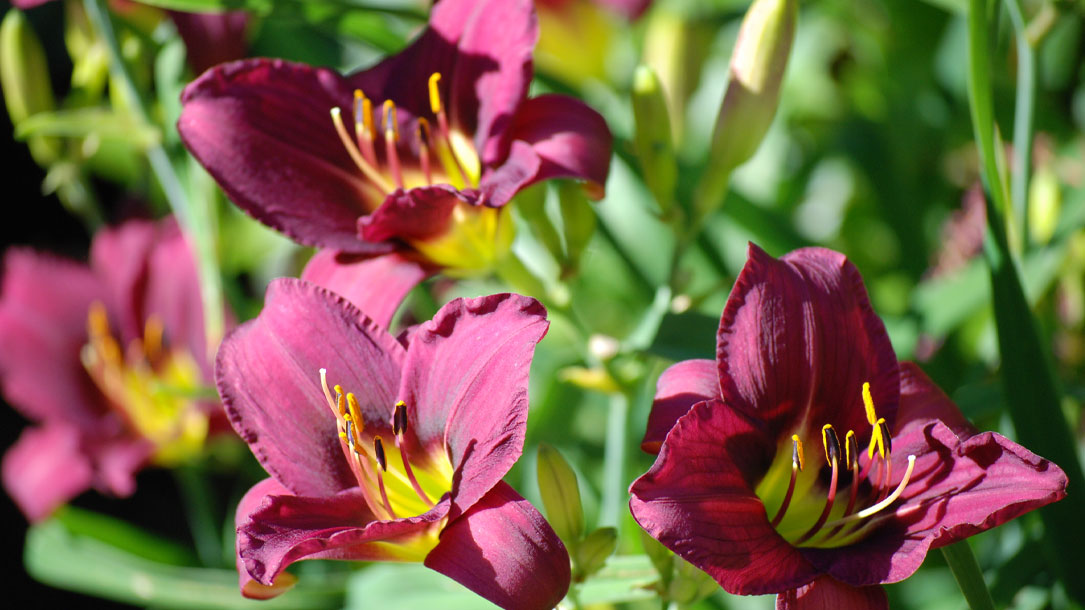
Anthropogenic air pollutants reduce insect-mediated pollination services
Study Highlights
• Common air pollutants (e.g. nitrogen oxides and ozone) can react with floral odors.
• Both pollutants resulted in severely reduced insect pollinator foraging efficiency.
• Specific insect pollinator groups demonstrated differential responses to pollutants.
• Metrics of insect-mediated plant pollination decreased under both pollutants.
• Air pollution has the potential to disrupt other odor-mediated ecosystem services.
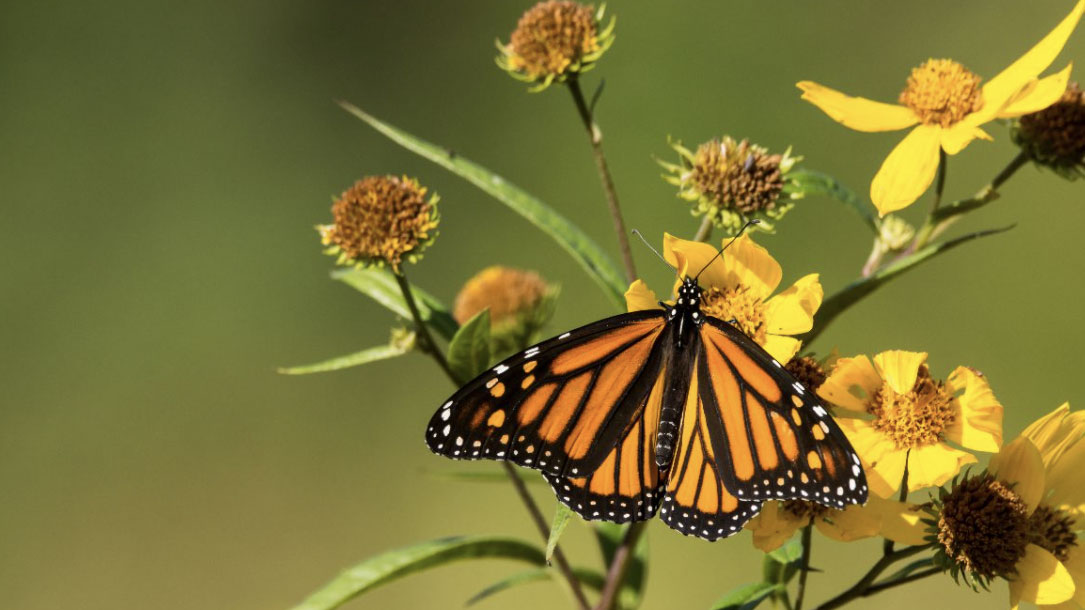
Air pollution reduces pollination by confusing bees
Scientists from the University of Reading, the UK Centre for Ecology & Hydrology, and the University of Birmingham found that there were up to 70% fewer pollinators, up to 90% fewer flower visits and an overall pollination reduction of up to 31% in test plants when common ground-level air pollutants, including diesel exhaust pollutants and ozone, were present.

Air pollution makes it harder for insect pollinators to find flowers
Insects play an important role in the world’s food production. Roughly 70 percent of all crop species, including apples, strawberries, and cocoa, depend on them for pollination.
Insects rely on a flower’s odor to locate a plant, but atmospheric pollutants alter these smells, making foraging more difficult. A new study in Environmental Pollution tested how much of an impact pollution has on pollinators in the field…
“We weren’t expecting nearly as severe a reduction as we found. It’s kind of crazy,” study author James Ryalls, an agricultural ecologist at the University of Reading in the United Kingdom, tells New Scientist’s Adam Vaughan…

Hotter summer temperatures prompt fly fishing restrictions in Montana
In some areas, fishing has been temporarily prohibited on hot summer afternoons when the water is too warm.
“That’s a huge impact to fisheries and to the guiding community as a whole,” Hutcheson says. “There are operations…starting their guide trips at 5 a.m. so they can get off the water by 2, or they’re simply not taking people out during the hottest times of the year, which traditionally has been some of the best fishing”…
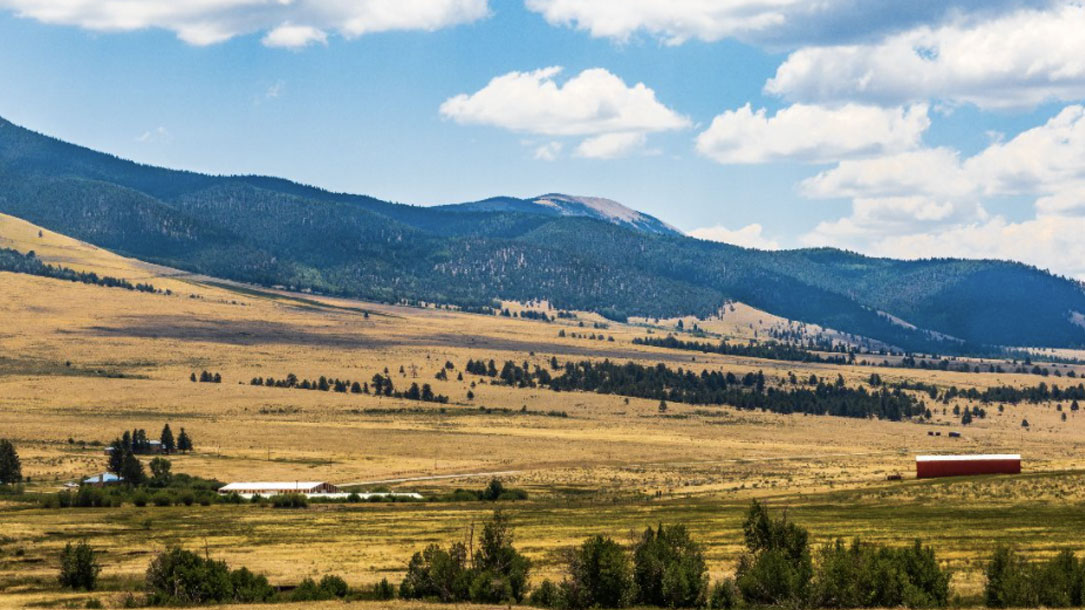
Working Lands Resiliency Initiative
Combined with increasing climate vulnerability, our valley is experiencing dramatic agricultural land loss. This threatens Taos’ agricultural heritage, disrupts a 400+ year-old acequia system, and challenges efforts towards ecological and community resilience.
The Working Lands Resiliency Initiative combines community organizing with research and advocacy to begin venturing solutions and support to protect Taos’ agricultural heritage and landscapes…

Land is a critical resource, IPCC report says
Land is already under growing human pressure and climate change is adding to these pressures. At the same time, keeping global warming to well below 2ºC can be achieved only by reducing greenhouse gas emissions from all sectors including land and food, the Intergovernmental Panel on Climate Change (IPCC) said in its latest report on Thursday.












